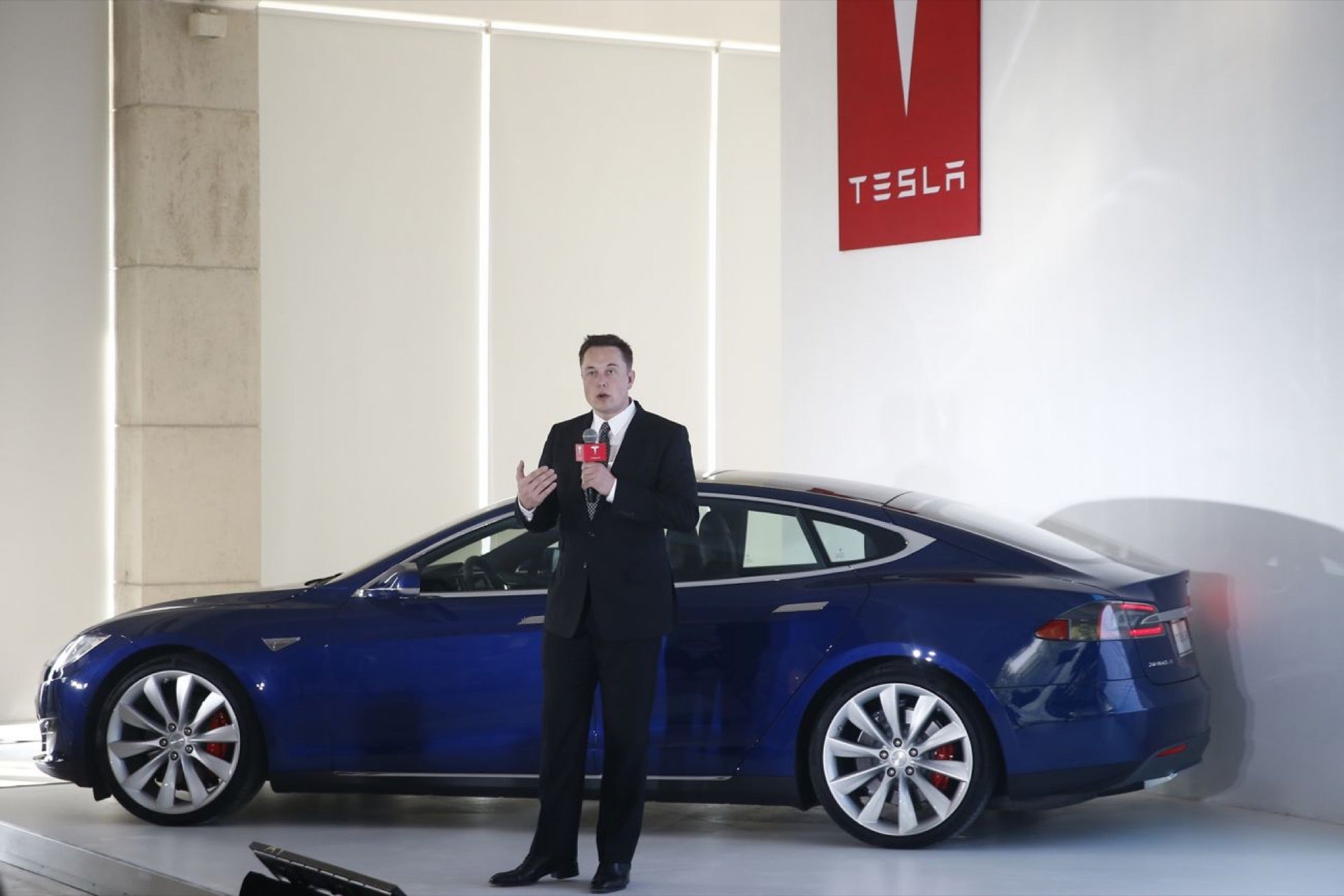Why Paying Your Team Members the Way Tesla Pays Elon Musk Will Improve Their Performance The unconventional compensation plan provides incentives to drive results and stick around.
By Jeff Hyman Edited by Dan Bova
Opinions expressed by Entrepreneur contributors are their own.

"Build me a rocket.
The heaviest, most powerful one ever.
And let's launch it.
And stick a cherry-red Tesla car inside.
And be able to reach Pluto."
In case you missed it, Elon Musk did it again.
Related: Pay People for Commitment, Not for Time or Results
Last week, his SpaceX team successfully launched the Falcon Heavy rocket. It took $500 million and a few years, but they did it.
Want your employees to deliver stellar performance and stick around for the long haul? Try paying them like Tesla pays Musk.
In what The New York Times calls "perhaps the most radical" compensation plan ever, Musk will be paid only if he increases Tesla's valuation far beyond current levels. Under the plan, Musk will receive nothing unless he increases Tesla's value from around $60 billion today to $100 billion. That's right. Zilch.
If and when Tesla hits $100 billion -- and not before then -- Musk will receive 1.68 million shares. After that, he will earn more shares for every $50 billion incremental increase in the company's value. Ultimately, if Tesla does very well, Musk will make billions.
But, for now, not a cent.
Related: How to Get Top Talent When You Have a Bare Bones Budget
Clearly, Musk can scrounge together enough cash to survive in the interim. Yet, I love this type of plan for three reasons:
- Musk's compensation is linked directly to the single definitive metric that defines CEO performance: increasing the value of a company.
- Musk has a powerful incentive to remain with Tesla for many years. Even after the shares vest, he is required to hold them for five more years. No pump and dump by jacking up short-term earnings, and then cashing out.
- There is no cap to how much Musk conceivably might make.
Do you want to attract rock stars -- the top 5 percent performers who will surpass expectations and drive your organization to new heights? Consider taking a page out of Tesla's new book.
Let's say you're trying to recruit someone who currently has a base salary of $100,000 and you're unable to allocate that much to the position; you only budgeted $80,000. Offer the person $80,000 and then put together a variable compensation component that gets them to $150,000 if he or she delivers great results.
Because they thrive on challenge, rock stars love compensation plans that pay big dollars for great performance.
Related: 3 Reasons You Should Increase Employee Pay Now
How to pay a rock star
Here are the principles you should observe when putting together a rock star-centric variable compensation package:
First, be crystal clear about the performance metrics that must be achieved and the exact amount of money that people will receive if they hit their goals. And never cap the amount at a predetermined level. If a person blows out her numbers, she should receive far more than people who barely made their goals.
Keep the plan simple and clear, and don't change the rules halfway through the year. Nothing is more demotivating, yet I see CEOs do this often. In addition to cash, consider using stock or stock options to reward exceptional people who are vital to the organization's success.
Black-box incentive compensation plans in which the rules are not disclosed or where there is a large subjective element don't serve their purpose. No matter how well people perform, they won't know what to expect from the plan. This doesn't motivate them, and you'll be throwing away money.
Related: Does the Year-End Bonus Still Motivate Your Team?
Similarly, avoid overweighting the plan based on the organization's overall results as opposed to individual performance. Instead, tie the plan as closely as possible to metrics that are within the person's control or sphere of influence.
Avoid spreading bonus money around so that everyone gets something and no one gets too much. Organizations use this "peanut butter" approach to keep the peace. But, all it does is discourage superior performance.
In my 25 years of executive search experience, I've observed that variable compensation should be used to differentiate performance levels. Top performers should earn outsized bonuses and the raises. Poor performers should get much less, if anything. Your B- and C-players should subsidize your rock-star performers.
I have a pet peeve with annual, organization-wide salary increases. Instead of giving everyone, say, a 3 percent annual raise, why don't you give your top 10 percent of employees a much larger increase and your bottom 10 percent no increase at all? That will send a strong message across the organization: Performance truly matters.
Related: 5 Tips for Developing a Winning Employee Incentive System
Building a high-performance culture
Your compensation plan must support a culture that allows rock stars to flourish and weeds out poor performers.
Because talent is now the only true sustainable competitive differentiator in the business world today, you must use every tool in your arsenal to grab your fair share. She who assembles the most rock stars on her team will crush the competition. And because culture is a self-perpetuating cycle, the more rock stars you have on your team, the easier it becomes to recruit new rock stars.
As the war for talent intensifies, I'll bet dollars to doughnuts that we're going to see a lot more compensation plans along the lines of Tesla's deal with Elon Musk. By paying big money for outsized results, organizations will attract extraordinary people.
That's how Tesla kept Musk. And that's how you can build a competitive moat.












